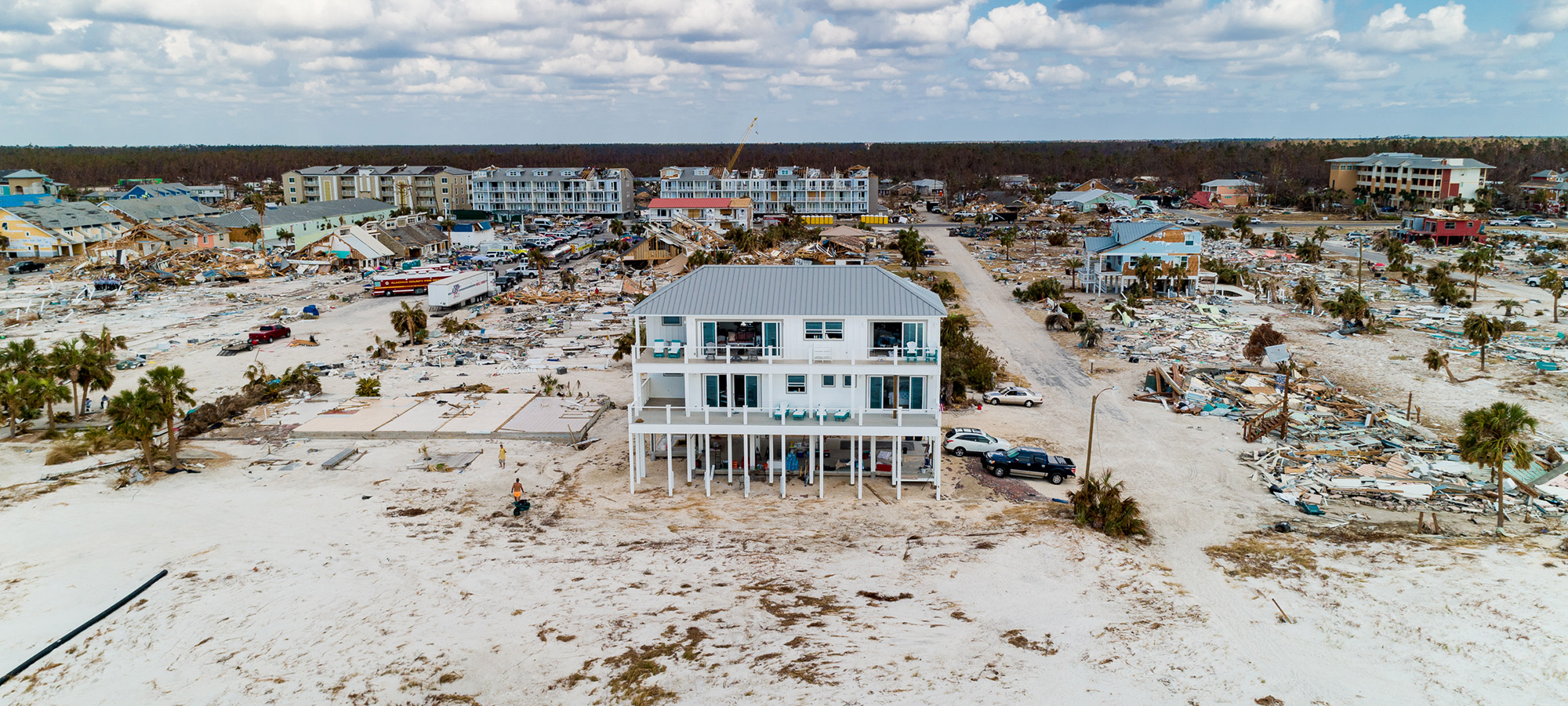

On October 10, Hurricane Michael spun Category 4 winds around the upper reaches of the Sunshine State. With sustained winds of 155 miles per hour, the tempest was the strongest to ever hit the Florida Panhandle—and the fourth worst to make landfall in the lower United States. Almost every structure at Tyndall Air Force base suffered structural damage. The seaside town of Apalachicola, 54 miles down the coast, saw an 8-foot storm surge. And Mexico Beach, which sits halfway between the two, saw three-quarters of its homes, municipal buildings, and businesses damaged. But one structure withstood the storm, despite its front step sitting only 150 yards from the wet and windy Gulf of Mexico. Christened the “Sand Palace” by its owners, the blocky beach home survived not by luck or magic, but good design, says Lance Watson, vice president of Southeastern Consulting Engineers and lead engineer on the project. Here’s how—with money and expertise—the crew outmaneuvered Michael, and made this home a model of resilient architecture.










